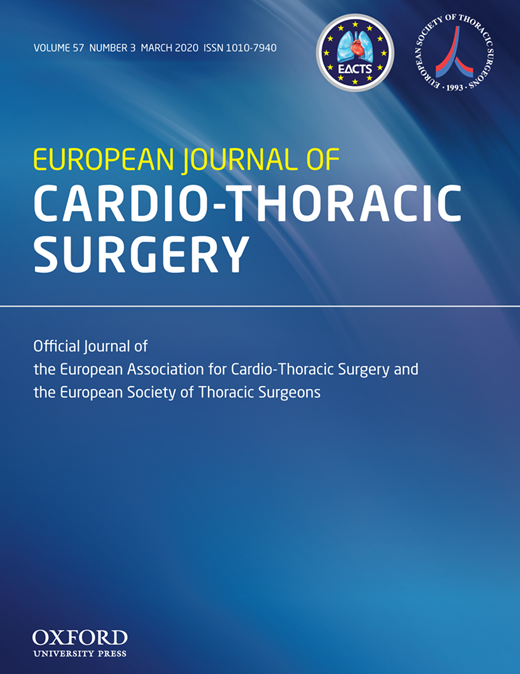|
Autores/as
Chachques, Juan Carlos; Lila, Nermine; Soler-Botija, Carolina; Martínez-Ramos, Cristina; Valles, Ana; Autret, Gwennhael; Perier, Marie-Cecile; Mirochnik, Nicolas; Monleon-Pradas, Manuel; Bayes-Genis, Antoni; Semino, Carlos E.
|
Abstract
Objectives: Prevention of postischaemic ventricular dilatation progressing towards pathological remodelling is necessary to decrease ventricular wall deterioration. Myocardial tissue engineering may play a therapeutic role due to its capacity to replace the extracellular matrix, thereby creating niches for cell homing. In this experimental animal study, a biomimetic cardiopatch was created with elastomeric scaffolds and nanotechnologies. Methods: In an experimental animal study in 18 sheep, a cardiopatch was created with adipose tissue-derived progenitor cells seeded into an engineered bioimplant consisting of 3-dimensional bioabsorbable polycaprolactone scaffolds filled with a peptide hydrogel (PuraMatrix™). This patch was then transplanted to cover infarcted myocardium. Non-absorbable poly(ethyl) acrylate polymer scaffolds were used as controls. Results: Fifteen sheep were followed with ultrasound scans at 6 months, including echocardiography scans, tissue Doppler and spectral flow analysis and speckle-tracking imaging, which showed a reduction in longitudinal left ventricular deformation in the cardiopatch-treated group. Magnetic resonance imaging (late gadolinium enhancement) showed reduction of infarct size relative to left ventricular mass in the cardiopatch group versus the controls. Histopathological analysis at 6 months showed that the cardiopatch was fully anchored and integrated to the infarct area with minimal fibrosis interface, thereby promoting angiogenesis and migration of adipose tissue-derived progenitor cells to surrounding tissues. Conclusions: This study shows the feasibility and effectiveness of a cardiopatch grafted onto myocardial infarction scars in an experimental animal model. This treatment decreased fibrosis, limited infarct scar expansion and reduced postischaemic ventricular deformity. A capillary network developed between our scaffold and the heart. The elastomeric cardiopatch seems to have a positive impact on ventricular remodelling and performance in patients with heart failure.
|

WoS
Scopus
Altmetrics
  
|
|
Publicación
European Journal of Cardio-Thoracic Surgery, March 2020, v.57, n.3, p.545-555
|
